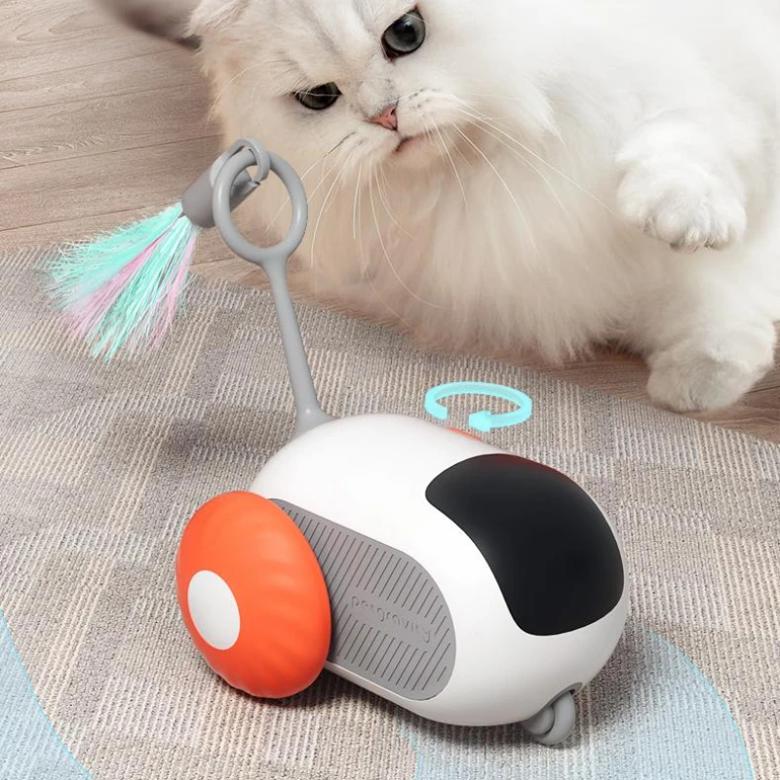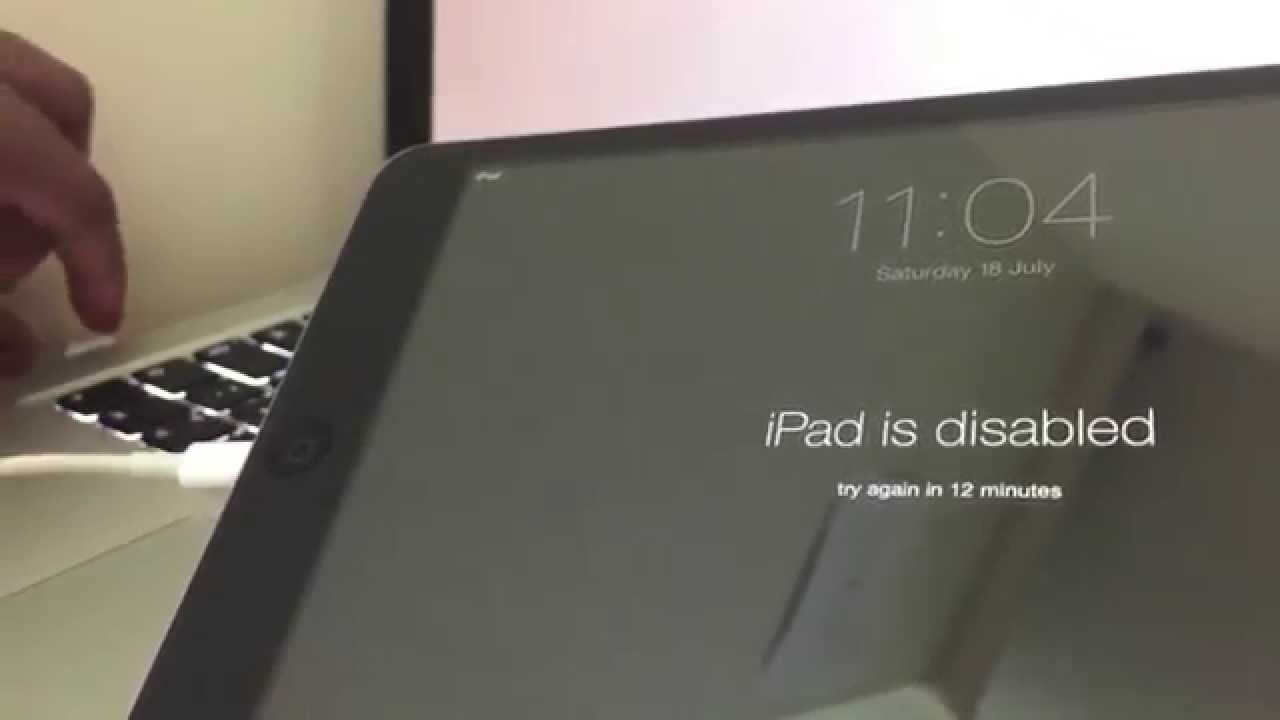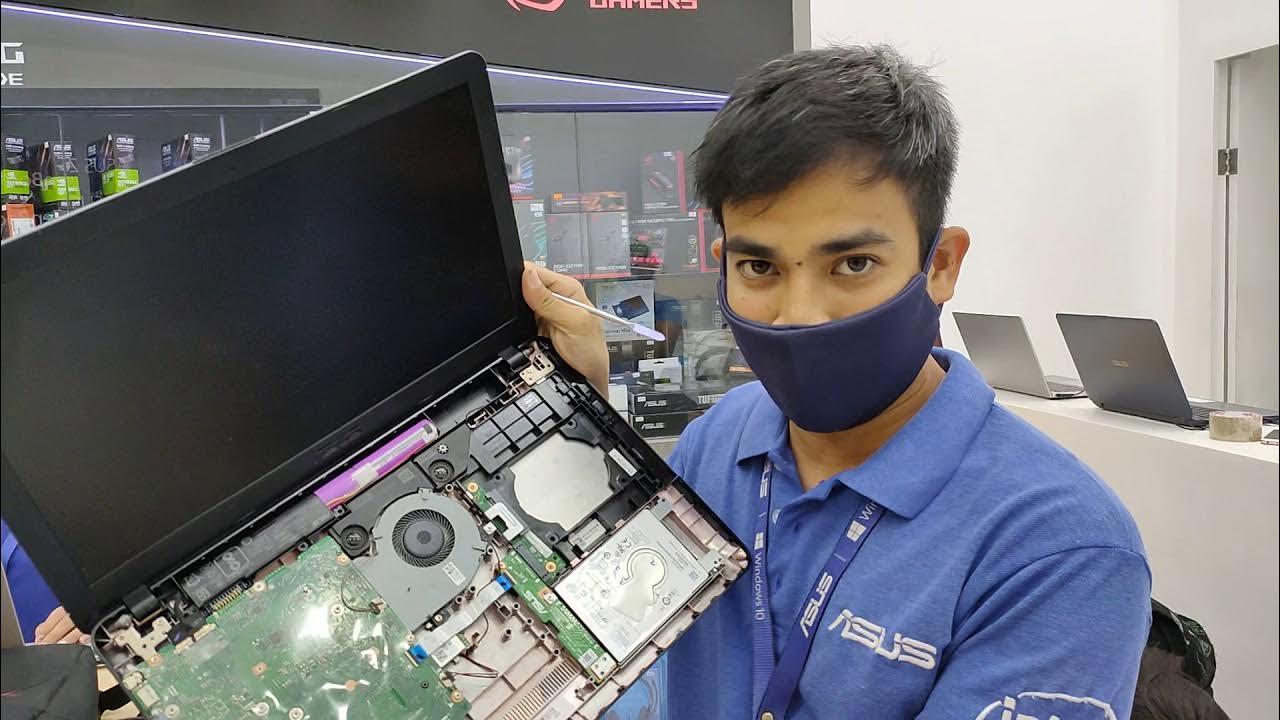A puppy should have at least three to four toys. Introducing toys to a puppy is an important aspect of their development and growth.
Toys provide mental stimulation, help to prevent destructive behavior, and promote healthy exercise. But how many toys should a puppy have? As a general guideline, it is recommended that a puppy should have at least three to four toys. This ensures variety and keeps the puppy engaged.
Toys should be of different types and textures to cater to the puppy’s individual preferences. It is essential to choose toys that are safe, durable, and appropriate for the puppy’s age and size. By providing an adequate number of toys, puppy owners can create a stimulating and enriching environment for their furry friends.

Credit: ko-fi.com
Choosing The Right Number Of Toys
Puppies should have a balanced number of toys, providing both mental stimulation and physical activity. It is important to choose toys suitable for their age, size, and breed to prevent overwhelming or boredom. A variety of toys can keep them entertained and prevent destructive behaviors.
Different Types Of Toys
When it comes to choosing the right number of toys for your playful pup, variety is key. A diverse selection of toys not only keeps your furry friend entertained, but it also stimulates their mind and helps prevent boredom. Consider providing your puppy with toys from different categories for a well-rounded playtime experience.| Category | Examples |
|---|---|
| Chewing Toys | Bone-shaped toys, rubber chew toys |
| Puzzle Toys | Treat-dispensing toys, interactive games |
| Plush Toys | Stuffed animals, squeaky toys |
- Provide a mix of chewing toys, such as bone-shaped toys and rubber chew toys, to satisfy your puppy’s natural urge to gnaw and help soothe their teething discomfort.
- Introduce puzzle toys, such as treat-dispensing toys or interactive games, to challenge your puppy’s problem-solving skills and keep their mind engaged.
- Incorporate plush toys, like stuffed animals and squeaky toys, which can provide comfort and serve as a buddy during naptime.
Consideration Of Puppy’s Age And Energy Level
The number of toys to offer your puppy depends on their age and energy level. Here are a few guidelines to help you choose the right amount:- Puppies: For young puppies, provide a smaller selection of toys to prevent overwhelming them. Around three to four toys are generally sufficient.
- Adolescent Dogs: As your puppy grows into an adolescent, you can gradually increase the number of toys to keep up with their energy levels. Aim for five to seven toys.
- Adult Dogs: Adult dogs tend to have more self-control and can handle a larger variety of toys. Aim for seven to ten toys, including interactive options.
Benefits Of Having Adequate Toys
Adequate toys for puppies offer numerous benefits, including mental stimulation, physical exercise, and promoting proper chewing habits. The number of toys a puppy should have greatly depends on their age and energy levels, but having a variety ensures they stay engaged and entertained.
Physical Exercise And Mental Stimulation
To ensure the overall well-being of your furry friend, it is essential to provide them with an adequate number of toys. Engaging in physical exercise and mental stimulation helps your puppy develop their coordination, strength, and motor skills. Additionally, it expends their energy, preventing boredom and the consequent potential for destructive behavior.
Preventing Destructive Behavior
Puppies often display destructive behavior when left without appropriate toys. Providing a variety of toys can channel their energy towards positive activities and help prevent instances of chewing on furniture, shoes, or other items within their reach. Toys act as a distraction, keeping their minds occupied and redirecting their focus away from destructive tendencies.
Promoting Healthy Teeth And Gums
Adequate toys not only offer entertainment but also contribute to maintaining your puppy’s oral health. Chew toys, dental sticks, or puzzle toys are specifically designed to promote healthy teeth and gums. As puppies chew on these toys, it helps with the natural shedding of deciduous teeth, paving the way for stronger adult teeth. Additionally, chewing on appropriate toys aids in the prevention of gum disease, which can lead to other health issues.
Potential Risks Of Too Many Toys
Having too many toys for your puppy can pose potential risks. It’s important to limit the number of toys to prevent overwhelm and ensure their safety and well-being.
Overstimulation And Aggression
When it comes to puppies, it’s important to strike a balance in their playtime. While toys can provide them with mental stimulation and physical exercise, too many toys can lead to overstimulation and potential aggression.
When a puppy is surrounded by an abundance of toys, they may become overwhelmed and find it difficult to calm down. This overstimulation can result in increased excitability, making them more prone to displaying aggressive behaviors. Additionally, having too many toys can lead to possessiveness and resource guarding, as the puppy may feel the need to protect all of their belongings.
Difficulty With Training And Focus
If a puppy has an excessive number of toys at their disposal, it can hinder their ability to focus during training sessions. With so many distractions, it becomes challenging for them to concentrate on the commands being given. This can hinder their learning process and delay their progress in obedience training.
Moreover, too many toys can dilute the value of each individual toy. When a puppy has an abundance of options, they may quickly lose interest in one toy and move on to the next shiny object. This can result in a lack of engagement and reduced playtime, inhibiting their overall development and learning.
Rotating Toys For Variety And Enrichment
Introducing different toys to your puppy is essential for their mental and physical growth. However, you don’t want to overwhelm them with a pile of toys all at once. That’s where the concept of rotating toys comes into play. By selectively introducing new toys and periodically swapping them out, you can keep your puppy engaged, prevent boredom, and provide them with a variety of interactive experiences.
Introduction To New Toys
When it comes to introducing new toys, it’s important to consider your puppy’s age, size, and individual preferences. Start by presenting one new toy at a time, allowing your puppy to explore it and become familiar with its texture, scent, and overall appeal. Leave the new toy accessible to your puppy, observing their response and interest levels over the next few days. This gradual approach helps your puppy build positive associations with new toys and prevents them from feeling overwhelmed.
As your puppy continues to grow, they will accumulate a collection of toys. To ensure your home doesn’t turn into a toy explosion zone, it’s crucial to establish an organized method for toy storage. Consider investing in a sturdy toy box or designated storage space that is easily accessible for both you and your puppy. This not only helps maintain a clutter-free environment but also allows your puppy to independently access their toys and encourages them to engage in playtime whenever they feel the urge.
Here are some simple storage and organization ideas to keep in mind:
- Use a toy box with multiple compartments or sections, so your puppy can easily find and retrieve their favorite toys.
- Label each section of the toy box with a picture or word corresponding to the toy category (e.g., squeaky toys, chew toys, plush toys) to make it easier for your puppy to identify and find specific toys.
- Consider creating a designated toy rotation schedule. This involves periodically swapping out a selection of toys to keep things fresh and exciting for your puppy. For example, you could rotate toys every week or every few days, ensuring your puppy has new interactive experiences regularly.
- Inspect and clean toys regularly to ensure they are safe and free from any potential hazards.
By implementing these storage and organization techniques, you’ll not only maintain a tidy living space but also provide your puppy with a sensory-rich environment where they can engage with their toys and develop their cognitive and physical abilities.
Rotating toys for variety and enrichment is an effective way to keep your puppy engaged, prevent boredom, and stimulate their overall development. By gradually introducing new toys and implementing a structured storage and organization system, you can create a playtime experience that is exciting, safe, and mentally stimulating for your furry friend.
Tips For Choosing Safe And Durable Toys
When it comes to puppies, having the right toys is crucial for their physical and mental development. The right toys can provide entertainment, exercise, and enrichment for your furry friend. However, it’s important to choose toys that are safe and durable to ensure your puppy’s well-being. Here are some important considerations to keep in mind when selecting toys for your puppy:
Consideration Of Size And Material
One of the first things to consider when choosing toys for your puppy is size. Ensure that the toys are appropriate for your puppy’s age and breed. Toys that are too small can pose a choking hazard, while toys that are too big may be difficult for your puppy to play with. Additionally, consider the material of the toys. Opt for toys made from non-toxic materials that won’t harm your puppy if chewed or ingested. Look for durable materials like rubber or nylon that can withstand your puppy’s playful nature.
Avoiding Small Detachable Parts
Puppies have an innate curiosity and tendency to explore objects with their mouths. Therefore, it’s essential to choose toys that do not have small detachable parts. Small parts, such as buttons or bells, can easily come loose and be swallowed by your puppy, leading to choking or digestive issues. Ensure that all parts of the toy are securely attached and cannot be easily dislodged. Instead, opt for toys with simple designs that don’t have any small parts that can potentially be ingested.
Regularly Inspecting And Replacing Toys
While it’s important to choose safe and durable toys for your puppy, it’s equally vital to regularly inspect them for any signs of wear and tear. Puppies have sharp teeth and a strong chewing instinct, so even the most durable toys can become damaged over time. Inspect the toys for any frayed edges, loose stitching, or broken pieces. If you notice any damage or signs of wear, it’s essential to replace the toys to prevent your puppy from accidentally ingesting small pieces. Regularly rotating and replacing toys will also keep your puppy engaged and prevent boredom.
By considering the size and material of the toys, avoiding small detachable parts, and regularly inspecting and replacing toys, you can ensure that your puppy has a safe and enjoyable playtime experience. Providing your puppy with appropriate and durable toys will not only keep them entertained but also contribute to their overall well-being and development.

Credit: www.facebook.com

Credit: guineadad.com
Frequently Asked Questions On How Many Toys Should A Puppy Have
How Many Toys Should A Puppy Have?
Puppies should have several toys to keep them mentally stimulated and prevent destructive behavior. It is best to provide a variety of toys, including chew toys, interactive toys, and puzzle toys. Aim for around 4 to 6 toys, rotating them to keep your puppy engaged and interested.
Conclusion
Providing your puppy with a variety of toys is essential for their physical and mental development. By offering different textures, sizes, and types of toys, you can keep them entertained and engaged. Remember to rotate their toys to prevent boredom and ensure they always have something new to explore.
Additionally, it’s important to supervise your puppy during playtime to ensure their safety. By following these guidelines, you can create a stimulating environment for your puppy and promote their overall well-being.
- The Power of Mobile Accessibility And Real-Time Tracking for Trucking Operations - November 6, 2024
- Why Ease of Use is Crucial in Trucking Dispatch Software - September 22, 2024
- Better Communication With Dispatchers: How Trucking Dispatch Software Can Optimize Operations - September 7, 2024


